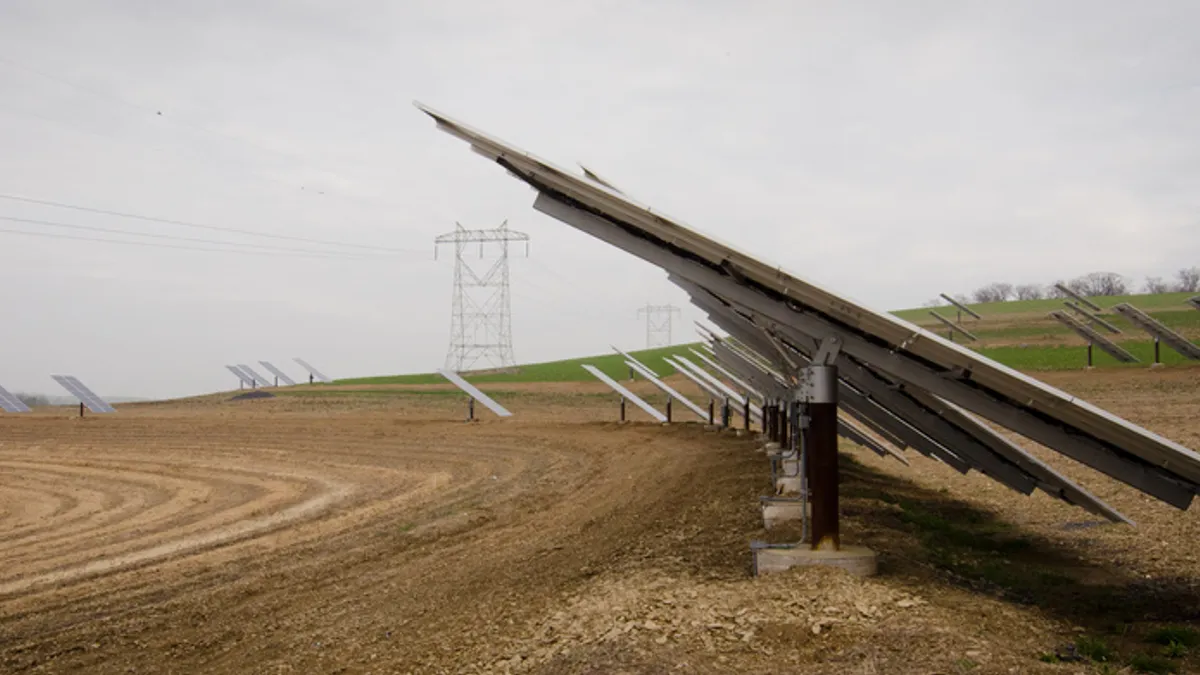Solar is a revenue opportunity utilities can no longer ignore.
In the next few years, electricity providers will have to face the question of how solar will fit into their businesses.
The answer will likely come from among the five ways to value solar described in Utility Solar Trends from the Solar Electric Power Association (SEPA).
“It is something of a menu,” explained co-author Mike Taylor. “The choice will depend on the politics, the balance of the utility interests and solar interests, the state of the solar market, and how advanced and organized the solar industry is.”
The traditional ways to value solar
The traditional way to value solar is through the retail electricity rate. It is the basis for rooftop solar’s vital net energy metering (NEM) policy. “NEM is a reasonable tool in nascent markets. Its simplicity and ease of understanding to customers and the solar industry work have spurred solar,” explained SEPA Strategy and Programs VP Eran Mahrer. “But once you have the first seeds of a market, you need to think about where you want to go over the long term.”
The next two ways of valuing solar are variations on the retail electricity rate that have evolved out of the many debates over NEM. One would retain NEM and add some kind of “demand” or “fixed” or “flat” charge for all customers to cover lost utility revenues. The other would retain NEM and add a “dollars-per kilowatt” or a “dollars-per-month” or a “dollars-per-kilowatt-per month” charge for solar owners.
“These are different constructs of the same thing,” Mahrer said. “They use familiar tools that utilities and regulators have used for years to solve the new problem. But will they work in a universe of increased distributed generation resource types, electric vehicles, and more active home energy management systems?”
New ways to value solar
The last two ways of valuing solar, Mahrer said, are forward-looking. One separates the retail price of electricity. It pays solar owners for the value their site-generated electricity adds to the grid and charges them the same as all other utility customers for their use of grid electricity.
This value of solar concept was first introduced by Austin Energy in 2012. This year, Minnesota made it a law which is now being studied by Xcel Energy and Minnesota Power.
SEPA’s fifth option is Transactive Energy Services, as developed in research by San Diego Gas and Electric, the EPIC Center, Black & Veatch, and Clean Power Research. Though not yet implemented, It is “a broad sweeping reform of current rate design" that considers the full range of energy attributes and services provided by both utilities and customers. And it incorporates “detailed menus of electricity costs, benefits and services.”
“Transactive Energy Services could have a whole series of numbers that could be generated on an annual basis or on a near real-time basis, depending on the market,” Mahrer said. “It is not available today but there will be a lot of enabling technologies, through the advanced metering infrastructure being put in place today, or other types of communication technologies, and it is where the industry has to go.”
“Today you buy electricity as a bundled product but it is being unbundled,” Taylor added. “The interim step is probably time-of-use rates that Sacramento Municipal Utility District is working on, to send smarter market signals for consumption and generation. That is a transition toward a very sophisticated and wholly conceptual future that will require smart meters, a smart grid, sophisticated customers, and solar people who can explain it to customers.”
Mass customization
Transactive Energy Services is similar to the mass customization used by manufacturers to allow customers to place orders for standard products with customized attributes at little incremental cost, Mahrer said. “Today, customers want a customized product from utilities that may have a solar attribute, an efficiency attribute, a rate that conforms with their behavior, an energy management system, a demand response rate, electric vehicle charging, or storage.”
Community solar is a first step toward mass customization, Mahrer added. Utilities are beginning to realize it is not a good idea to send customers who don’t have the means to build solar on their rooftops to other providers. Instead, they can build a solar project and market either panels or kilowatts from it to their customers.
This will be an especially important approach after December 31, 2016, when the 30% investment tax credit (ITC) drops to 10%, according to the SEPA paper. The tax equity available to institutional investors has been vital to the accumulation of the capital needed to build utility-scale solar projects.
Without the ITC, the utility-scale solar market could change drastically. This is part of why utilities’ have been reluctant about solar, according to Mahrer. “Utilities have been slower to react to solar because the rules of engagement are not clear,” he said. “A lot of questions remain unanswered and, unsurprisingly, utilities have resisted going first.”
But “utilities can be expected to evolve and streamline offerings,” the SEPA paper concludes. “At a minimum these designs will have to respond to customers’ needs without adversely affecting retail rates, while offering new revenue and partnership opportunities for utilities and the solar industry.”
The ultimate best practices have not yet emerged but SEPA proposes responding to the uncertainties not by ignoring solar but by planning for it, Mahrer said. “We underscore the need for a planned transition strategy.”






















